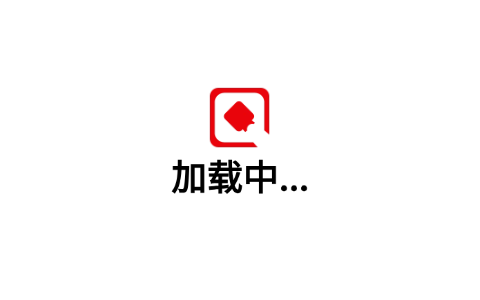In the children's bed market, buyers and brands often face many quality and safety concerns. Once a product has quality problems, it may not only lead to return, compensation and other economic losses, but also seriously damage the brand image. WhileInspector OnlineAs a professionalthird party inspectionorganization, with its rigorousinspection of goodsstandards and rich experience can help you effectively avoid these risks and ensure the quality of your products. The following are presented to you based on the latest national standards and international requirementsChildren's bed inspectionThe gist.

I. Core standards basis
Existing standards: GB 28007-2024, which was implemented on July 1, 2025, is the core basis for goods inspection, integrating the original GB 28007-2011, GB 22793.1-2008 and other standards, and adding new safety requirements for baby cribs and upholstered furniture.
International references: If export is involved, international standards such as ASTM F1169 (US) or EN 716 (EU) must also be met.
II. Core requirements for goods inspection
(i) Structural safety
1. Shake the bed to check for looseness or risk of tipping to ensure stability. Bunk beds need to be fitted with anti-tip devices and secured to the wall. At least 2 casters should be lockable or only 2 casters should be installed.
2. Edges and sharp corners: All accessible edges should be rounded or chamfered, with a radius of ≥2mm, without burrs, cracks or sharp tips. Metal parts should be corrosion-resistant, and exposed man-made boards should be sealed or coated.
3. Guardrail and spacing: the height of the guardrail in the crib ≥ 30cm, the height of the outside ≥ 60cm; the highest position of the bed surface from the edge of the guardrail ≥ 300mm, the lowest position of the crib that can sit up ≥ 600mm.
(ii) Functions and accessories
1. Mattress fit: the gap between the mattress and the bed is ≤30mm, to avoid pinching children's head and neck. When the bedside bed is connected with the adult bed, the gap is ≤25mm.
2. Small parts and rope: detachable small parts should pass the torque and tension test to prevent falling off and swallowing by mistake. The length of the rope is ≤22cm to avoid entangling the neck.
3. Labeling and instructions: Products should be labeled with warnings such as "Danger" and "Warning", e.g., "Do not use if baby can sit up". Instructions for use should contain installation methods, applicable age, maintenance recommendations and hazardous substance control indicators.

Third, the inspection method and process
(i) Visual inspection
1. Observe whether there are scratches, paint loss, deformation on the surface and whether the color is uniform. Check whether the welding points and screws are firm. Confirm that all accessories are complete and the package is not damaged or structural problems caused by transportation.
2. Assemble according to the instructions and test the drawers, guardrails and other moving parts to see if they are smooth and free of snags or strange noises. Check whether the folding mechanism is firm when locked and whether the unlocking operation is in accordance with the standard.
(ii) Dimensional measurements
1. Use calipers to measure rail spacing, guardrail height, mattress size, etc. to ensure compliance.
2. Use a plug gauge to check that holes and openings will not catch children's fingers (holes ≥12mm in diameter need to be ≤8mm deep).
(iii) Performance testing
1. Stability test: Apply 30N horizontal force to the side of the bed and observe whether it tilts over or not. Bunk beds need to simulate children climbing, test the guardrail and stairs load-bearing capacity.
2. Impact test: Impact the guardrail with a 2kg pendulum hammer from a height of 200mm to check for breakage or deformation.
(iv) Material and safety verification
1. Odor test: after ventilation of the new bed, if there is still a pungent odor, may be harmful substances exceed the standard, need further testing.
2. Small parts test: Use tweezers to pick up the removable parts, apply 50-90N pulling force, and observe whether it comes off.
3. Flame retardant test: briefly touch the surface of the fabric with a lighter and observe the burning speed and whether molten drops are produced.
4. Check that the packaging is complete to avoid structural damage to the product caused by transportation.

optionInspector OnlineAs your third-party inspection partner, we will eliminate product quality hazards, enhance brand competitiveness, and win consumers' trust and reputation in the fierce market competition with our professional attitude, strict standards and rich experience. Contact us now to protect your children's bed products!



